A Comprehensive Guide to Emergency and Safety Marine Lighting Systems
Marine vessels rely on sophisticated emergency and safety lighting systems to ensure the well-being of crew, passengers, and the vessel itself. These marine lighting systems serve multiple purposes, from guiding vessels through dark waters to signaling distress in critical situations. This article explores the importance, components, and advancements in emergency and safety marine lighting systems.
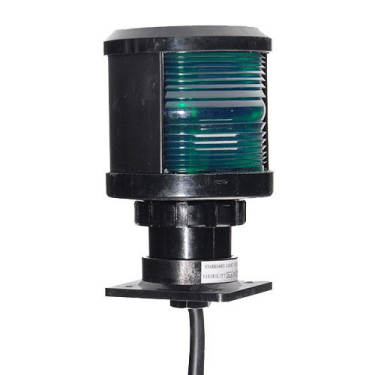
Importance of Emergency and Safety Marine Lighting Systems
1. Navigational Aid
One of the primary functions of emergency and safety lighting on marine vessels is to serve as navigational aids. Navigation lights, such as those positioned on the bow, stern, and mast, help vessels communicate their position, direction of travel, and status to other vessels, thereby minimizing the risk of collisions, especially during periods of reduced visibility such as at night or in adverse weather conditions.
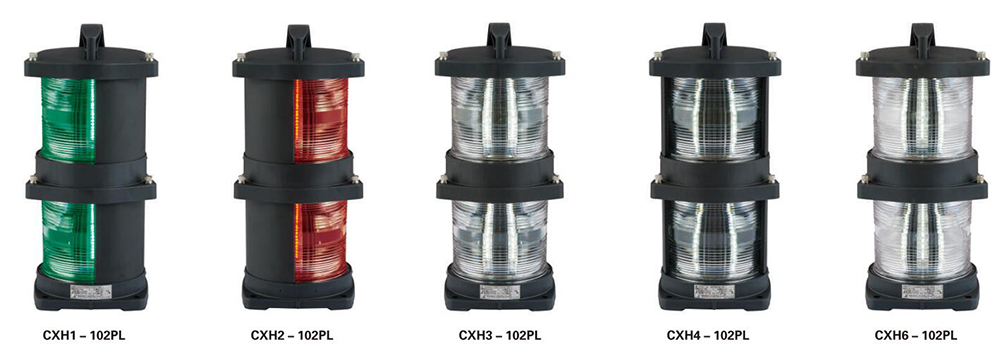
2. Emergency Preparedness
Emergency lighting systems are essential for ensuring readiness and preparedness in the event of unforeseen emergencies. Whether it be power outages, fires, or other critical situations, these lighting systems provide immediate illumination, guiding crew members and passengers to emergency exits, life-saving equipment, and evacuation routes. They facilitate swift and orderly evacuation procedures, mitigating panic and ensuring the safety of everyone on board.
3. Distress Signaling
Safety lighting systems include signaling devices that are crucial for communicating distress signals and summoning assistance in times of emergency. Strobe lights, beacons, or distress flares are employed to attract the attention of nearby vessels, search and rescue teams, or coastal authorities, alerting them to the vessel’s predicament and indicating the need for urgent assistance.
4. Operational Safety
Beyond emergencies, safety lighting systems contribute to the overall operational safety of marine vessels. Floodlights and spotlights illuminate the surrounding waters, aiding in the detection of obstacles, hazards, or other vessels, thereby reducing the risk of accidents or collisions. These lights enhance visibility during maneuvers, docking procedures, or search and rescue operations, ensuring safer navigation in challenging conditions.
5. Compliance with Regulations
Compliance with international maritime regulations and standards mandates the installation and maintenance of emergency and safety lighting systems on all marine vessels. Regulatory bodies such as the International Maritime Organization (IMO) set strict guidelines regarding the specifications, placement, and operation of navigation lights, emergency lights, and signaling devices to ensure uniform safety standards across the maritime industry.
Components of Emergency and Safety Marine Lighting Systems
1. Navigation Lights
Navigation lights are essential for indicating a vessel’s position, direction, and status to other vessels. These lights include:
- Red Port Light: Mounted on the vessel’s port (left) side, it indicates the vessel’s port side to other vessels.
- Green Starboard Light: Mounted on the vessel’s starboard (right) side, it indicates the vessel’s starboard side to other vessels.
- White Stern Light: Mounted on the vessel’s stern (rear), it indicates the vessel’s presence and direction of travel from behind.
- White Masthead Light: Positioned at the highest point of the vessel’s mast, it indicates the vessel’s presence and direction of travel from the front.
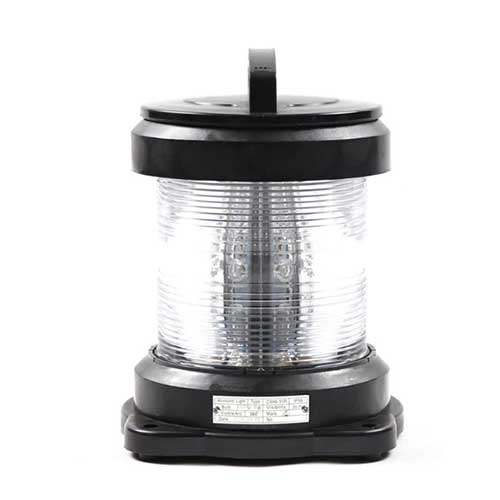
2. Emergency Lighting
Emergency lighting systems provide illumination during power outages, fires, or other emergencies, facilitating safe evacuation and navigation.
- Emergency Exit Lights: Positioned near emergency exits, they guide crew and passengers to evacuation routes.
- Emergency Illumination: Installed in key areas such as corridors, stairwells, and lifeboat stations, these lights ensure visibility during emergencies.
- Battery Backup Systems: Provide power to emergency lights in the event of a main power failure, ensuring continuous illumination.
3. Signal Lights
Signal lights are used for communicating distress signals, warnings, or instructions to other vessels or search and rescue teams.
- Strobe Lights: Emit rapid flashes of light to attract attention and signal distress.
- Beacon Lights: Emit steady or rotating beams of light to indicate the vessel’s position or alert nearby vessels.
- Distress Flares: Hand-held or rocket-propelled flares used to signal distress and summon assistance.
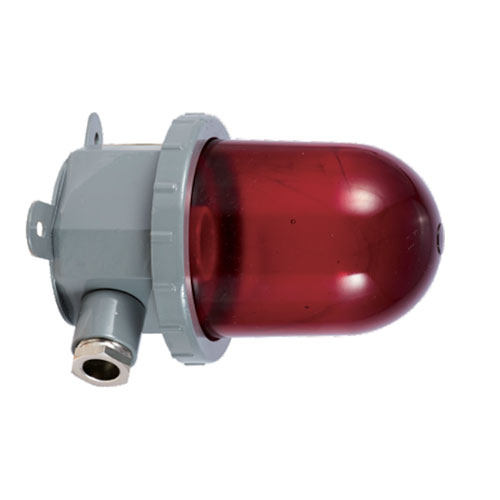
4. Floodlights and Spotlights
Floodlights and spotlights provide high-intensity illumination for general lighting, search and rescue operations, or spotlighting hazards.
- Floodlights: Wide-angle lights used for general illumination of deck areas, loading zones, or working areas.
- Spotlights: Narrow-beam lights used for focused illumination of specific objects, obstacles, or areas of interest.
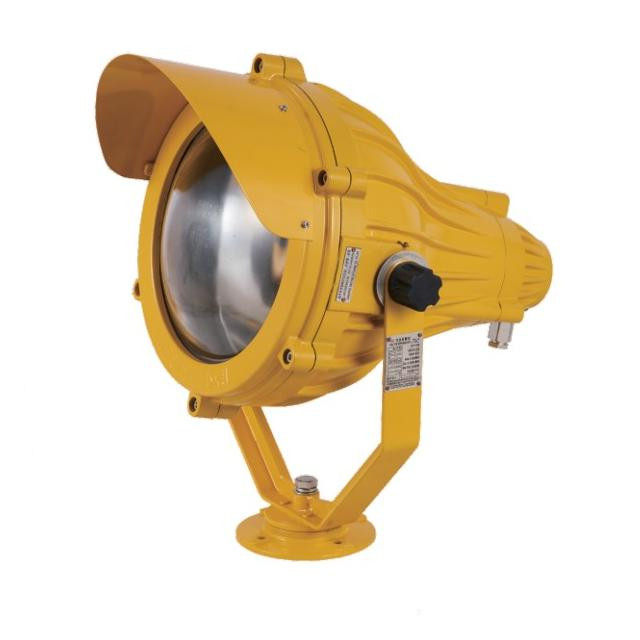
5. Remote-Controlled Lights
Some marine lighting systems feature remote-controlled lights, allowing operators to adjust lighting parameters from a centralized control panel.
- Remote-Controlled Floodlights: Adjust direction, intensity, and color of floodlights for optimal visibility.
- Remote-Controlled Spotlights: Control direction and intensity of spotlights for targeted illumination.
6. Backup Power Systems
Backup power systems ensure uninterrupted operation of critical lighting components during emergencies.
- Emergency Generators: Provide auxiliary power to lighting systems in case of main power failure.
- Battery Banks: Store electrical energy to power emergency lights and signaling devices when external power sources are unavailable.
Technological Advancements in Emergency and Safety Marine Lighting Systems
1. LED Technology
One of the most significant advancements in marine lighting systems is the widespread adoption of Light-Emitting Diode (LED) technology. LEDs offer numerous benefits over traditional lighting sources
- Energy Efficiency: LEDs consume less power than incandescent or fluorescent lamps, reducing energy consumption and operational costs.
- Longevity: LED marine lights have a longer lifespan and require less frequent replacement, resulting in reduced maintenance requirements and downtime.
- Durability: LEDs are more resistant to shock, vibration, and harsh environmental conditions, making them ideal for use in marine environments.
- Instantaneous Operation: LEDs provide instant illumination without the need for warm-up time, ensuring immediate visibility during emergencies.
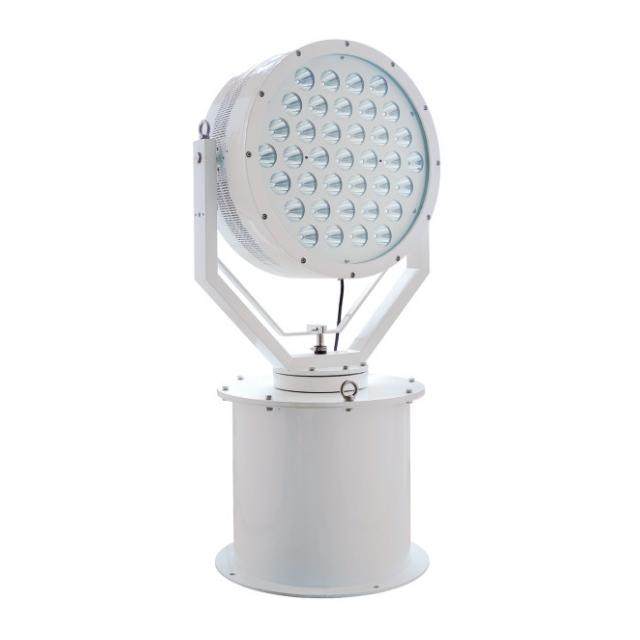
2. Smart Lighting Controls
Advanced lighting control systems with intelligent sensors and programmable logic have revolutionized marine lighting management.
- Dynamic Adjustment: Lighting parameters such as intensity, color, and direction can be dynamically adjusted based on environmental conditions, vessel operations, or emergency scenarios.
- Energy Optimization: Smart controls optimize energy usage by dimming or turning off lights in areas with no activity, reducing power consumption and extending battery life during emergencies.
- Remote Monitoring: Remote monitoring capabilities allow operators to monitor the status and performance of lighting systems in real-time, enabling proactive maintenance and troubleshooting.
3. Wireless Connectivity
Some modern marine lighting systems incorporate wireless connectivity technologies, such as Wi-Fi or Bluetooth, for seamless integration and control. Wireless connectivity enables:
- Centralized Control: Lighting systems can be controlled and monitored from a centralized control panel or mobile device, providing convenience and flexibility for operators.
- Remote Access: Operators can remotely adjust lighting parameters or receive status alerts from anywhere on the vessel or ashore, enhancing situational awareness and responsiveness.
4. Integrated Light and Sound Signals
Advanced safety lighting systems often integrate visual signals with audible alarms or sirens to provide multi-sensory alerts during emergencies. Integrated systems offer:
- Enhanced Alerting: Combining visual and auditory signals increases the effectiveness of emergency notifications, ensuring prompt response and evacuation.
- Redundancy: Multiple signaling modalities provide redundancy in communication, ensuring that alerts are communicated even in noisy or high-stress environments.
5. Compliance with Regulatory Standards
Manufacturers of marine lighting systems continually strive to meet or exceed stringent regulatory standards set by organizations such as the International Maritime Organization (IMO) and classification societies. Compliance with these standards ensures that lighting systems adhere to the highest safety and performance requirements, providing peace of mind to vessel operators and regulatory authorities.
Conclusion
Emergency and safety lighting systems are indispensable components of marine vessels, providing critical illumination, navigation aids, and distress signals for safe and efficient maritime operations. With advancements in technology, modern marine lighting systems offer enhanced reliability, efficiency, and functionality, ensuring the safety and security of vessels and their occupants in both routine operations and emergency situations at sea.


